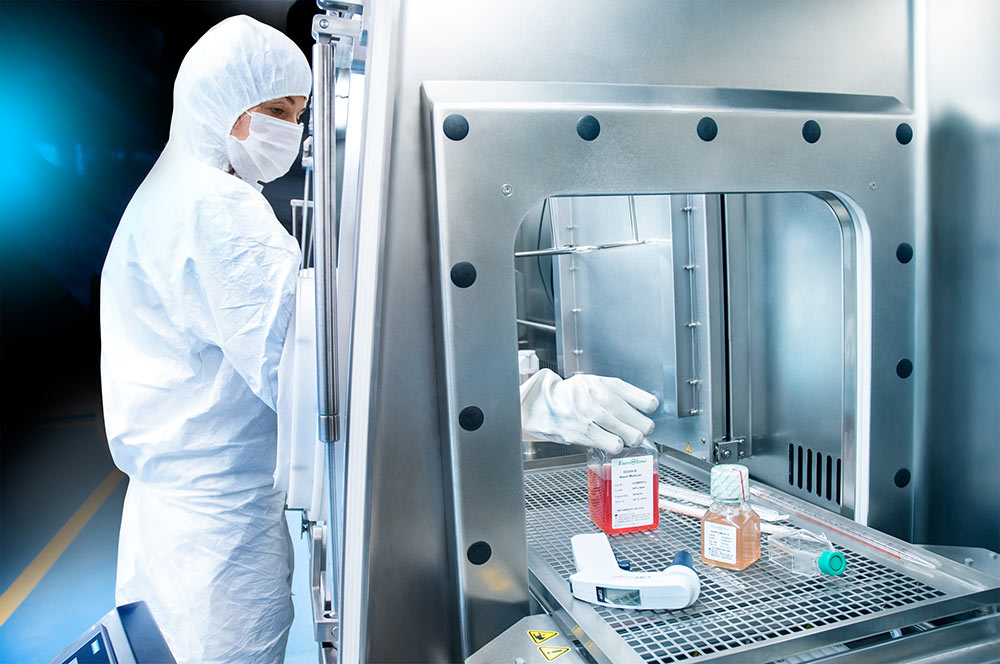Advanced therapies mean a real ground-breaking revolution in the treatment and cure of many illnesses tat are still considered incurable. The need to structure this change by melding regulatory, technological and production factors is a must in order that the patient might receive the expected benefit. By the same token, a constructive dialogue with the relevant institutions is indispensable.
The implementation of appropriate models to review health procedures in dealing with rare diseases and tumours has increasingly to draw on scientific developments and the same goes for those working in this sector. The building up of an operative task force and the creation of public-private partnerships will be necessary in order to tackle the complexity of the biological processes within an NHS framework of productivity and sustainability.
The principal path for the authorisation of a biological drug is that of clinical experimentation, which in Italy is allowed only if approved by the ISS (Higher Health Institute).
The preparation of ATMP, specific for each single patient and thus not replicable, is excluded from experimentation when life expectancy proves limited. This means such institutions as hospitals and universities have persistent limitations in the use of this type of drug on other patients.
Big Pharma is investing some 20% of their resources in ATMPs and it is estimated that about 1,000 biotech, just within national territory, are involved in over 1,200 active clinical trial in the oncology and immunology field. 150 of these trials are in phase three. The pandemic has been a further boost to biotech investments, which have doubled in Europe and the USA, whilst increasing six-fold in China. The big pharma firms are involved even more in the development of CAR-T, which are, however, complex drugs. Lymphocytic cells taken from the patient are genetically modified with complex molecular processes. The CAR-T thus produced are then re-introduced into the patient concerned. The use of CAR-T will increase significantly, meaning a greater development of allograft as against autograft.
Every experimentation is a bridge towards innovation, but also a new dossier to go through, meaning a formidable job, which today is carried out by CAT (Committee for Advanced Therapies) in EMA (European Medicines Agency) for the drug to be authorised.
The role of the CAT commission within EMA starts from the preliminary phases to verify if, for example, the drug under study is to be included in the ATMP category. Some products are borderline, hard to classify for which the molecular mechanism is unclear. EMA supplies scientific, regulatory support in the evaluation of the pre-clinical part, then clinical development with activity continuing after authorisation when pharmacovigilance id assessed.
If the product is considered a priority medicine, i.e., if the benefit/risk ratio is high, as for instance in an orphan disease, clinical data are not required, assessment is different and there is a speeding-up of the authorisation process.
Currently there are just 19 ATMP authorised in Europe. The difficulty of putting the product on the market is down to a long and complex approval process. Frequently, the Company will withdraw the drug after such extenuatingly long authorisation procedure due to the high costs and the over-long reimbursement periods on the part of the public bodies, thus taking away from the patient the hope to live.
Recent Articles
- Cell therapy based on neuronal precursors for the treatment of multiple sclerosis 10 January 2023
- How to Improve the Sustainability of Advanced Therapies: The Case of Strimvelis 24 November 2022
- FDA reorganization: a “Super Office” to manage the increasing cell and gene therapy workload 3 November 2022
- GMP Cleanliness Classifications: Deciphering the Differences and Requirements among Grades 12 September 2022
- How to Overcome the Most Common Issues in the GMP-Compliant Culturing of Mesenchymal Stem Cells: Isolation and Automatization 30 August 2022

